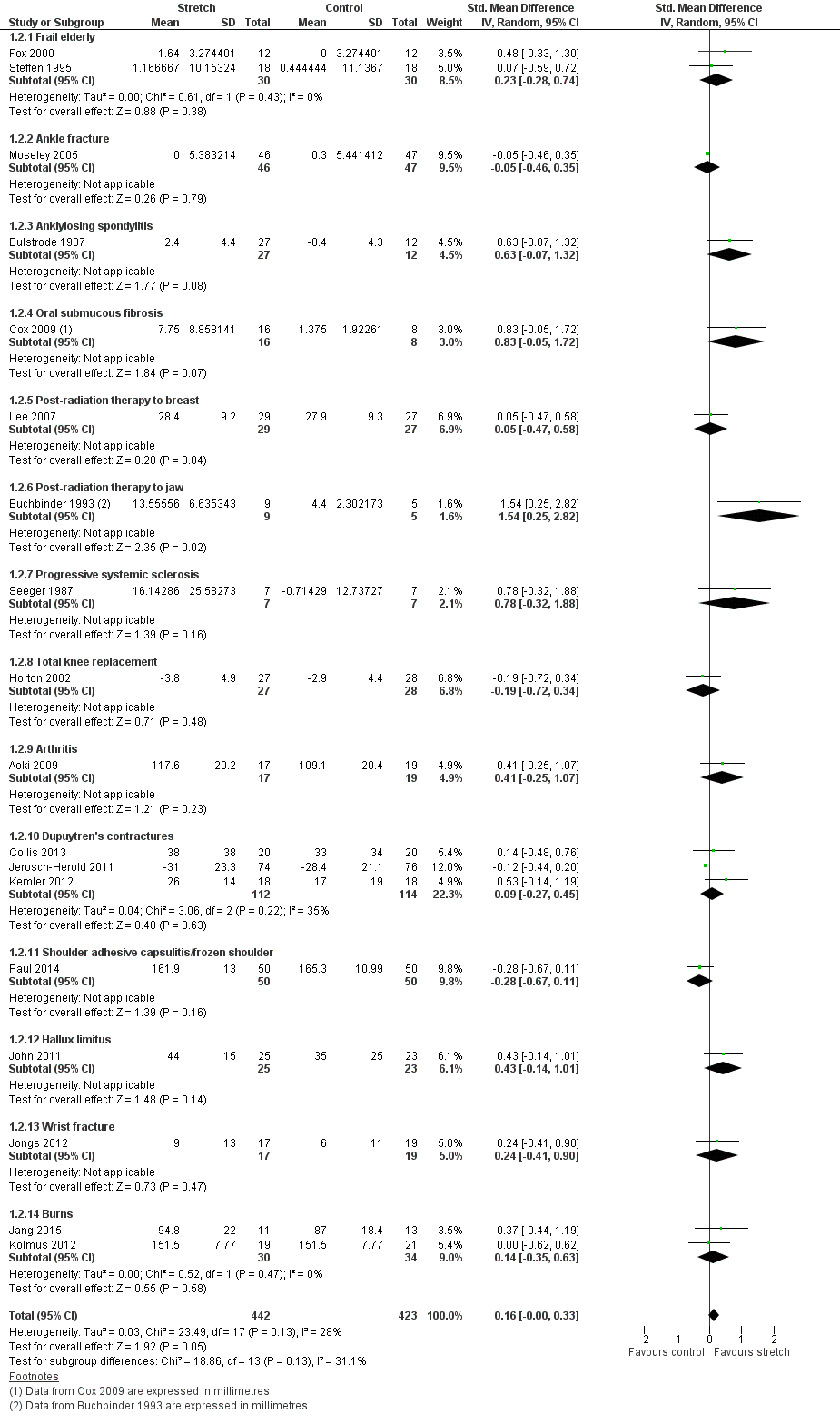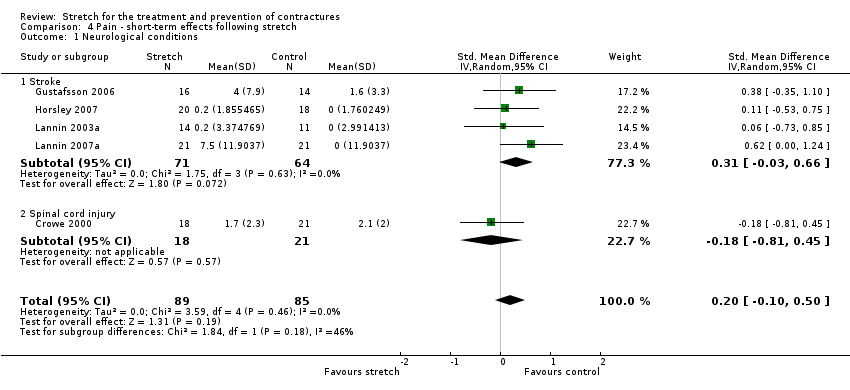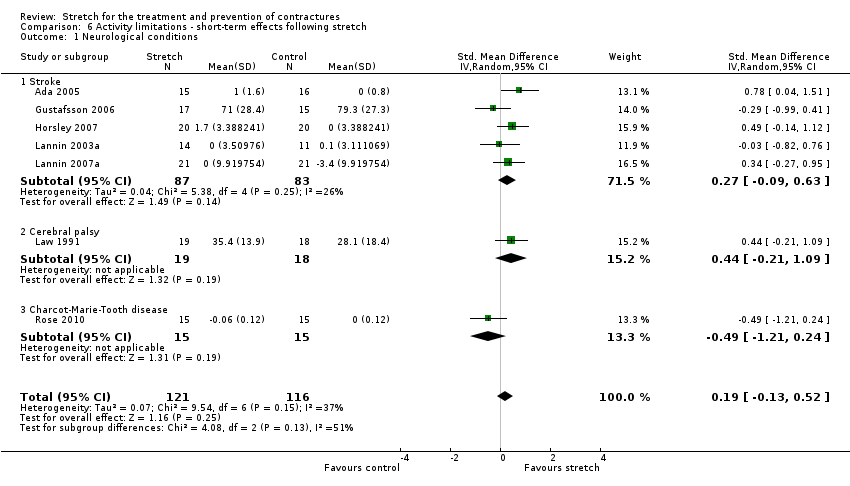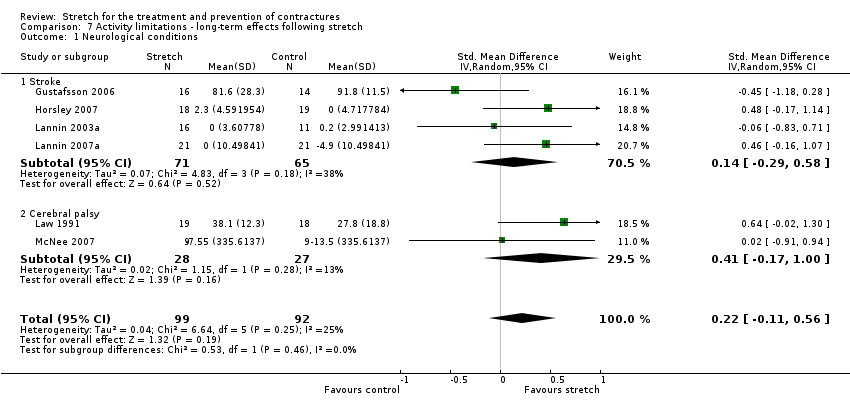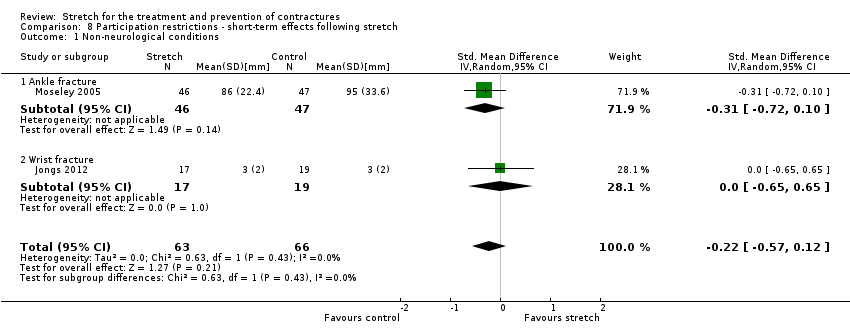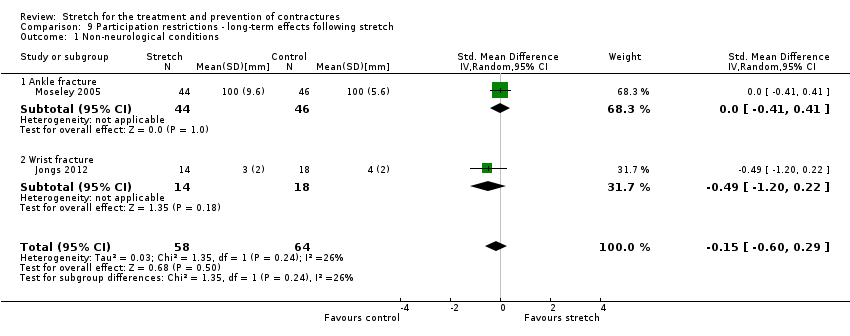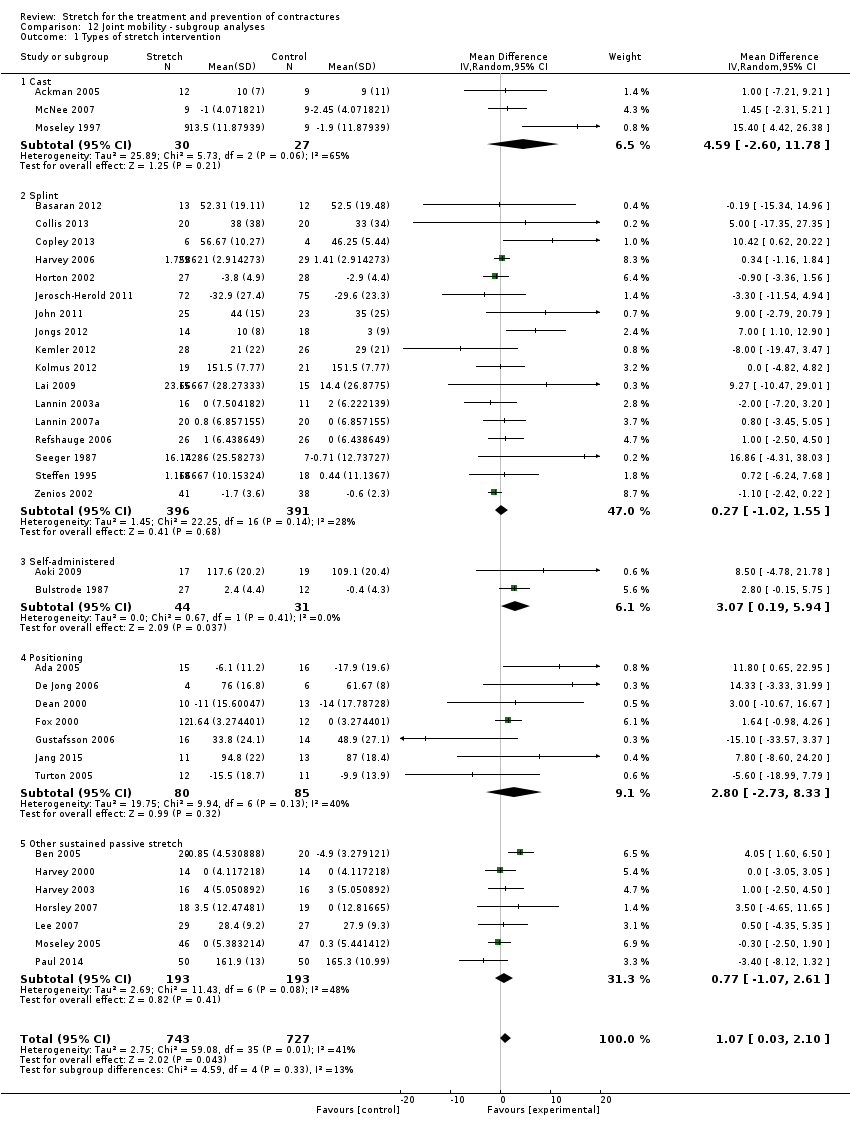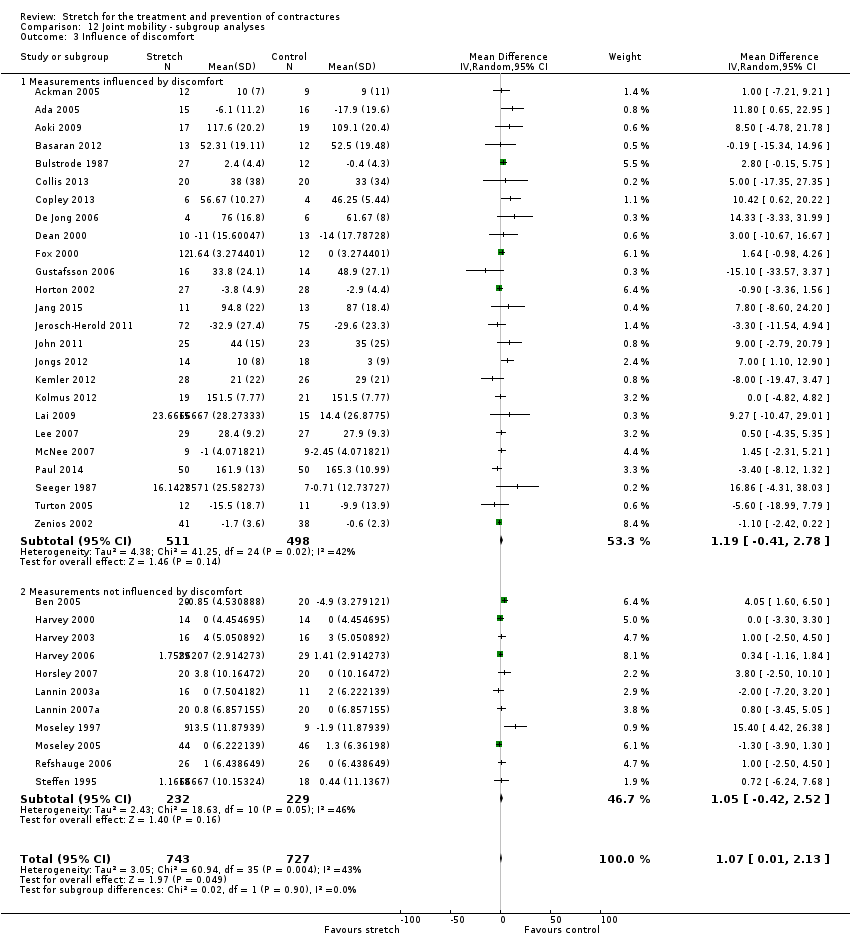Contenido relacionado
Revisiones y protocolos relacionados
Rama KR Prabhu, Narasimman Swaminathan, Lisa A Harvey | 28 diciembre 2013
Stefanie N Hofstede, Klaas Auke Nouta, Wilco Jacobs, Miranda L van Hooff, Ate B Wymenga, Bart G Pijls, Rob GHH Nelissen, Perla J Marang‐van de Mheen | 4 febrero 2015
Else Marie Bartels, Carsten B Juhl, Robin Christensen, Kåre Birger Hagen, Bente Danneskiold‐Samsøe, Hanne Dagfinrud, Hans Lund | 23 marzo 2016
Wiebe C Verra, Lennard GH van den Boom, Wilco Jacobs, Darren J Clement, Ate AB Wymenga, Rob GHH Nelissen | 11 octubre 2013
Anne Wajon, Toby Vinycomb, Emma Carr, Ian Edmunds, Louise Ada | 3 abril 2017
Rachelle Buchbinder, Sally Green, Joanne M Youd, Renea V Johnston, Miranda Cumpston | 23 enero 2008
Jenna C Gibbs, Norma J MacIntyre, Matteo Ponzano, Jeffrey Alan Templeton, Lehana Thabane, Alexandra Papaioannou, Lora M Giangregorio | 5 julio 2019
Tijs Duivenvoorden, Reinoud W Brouwer, Tom M van Raaij, Arianne P Verhagen, Jan AN Verhaar, Sita MA Bierma‐Zeinstra | 16 marzo 2015
Lucía Méndez-Sánchez, Patricia Clark, Tania M Winzenberg, Peter Tugwell, Paulina Correa-Burrows, Rebecca Costello | 27 enero 2023
George A Wells, Ann Cranney, Joan Peterson, Michel Boucher, Beverley Shea, Vivian Welch, Doug Coyle, Peter Tugwell | 23 enero 2008




